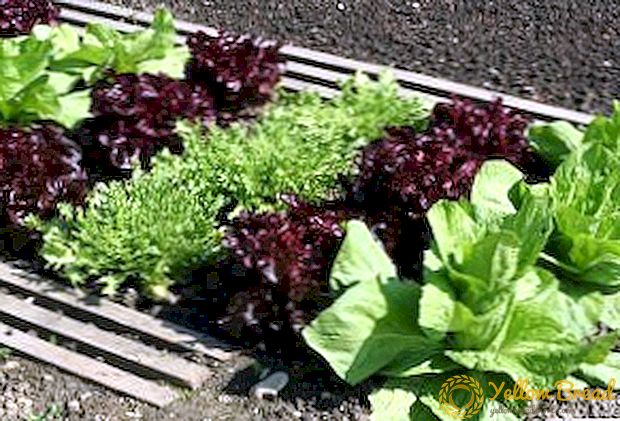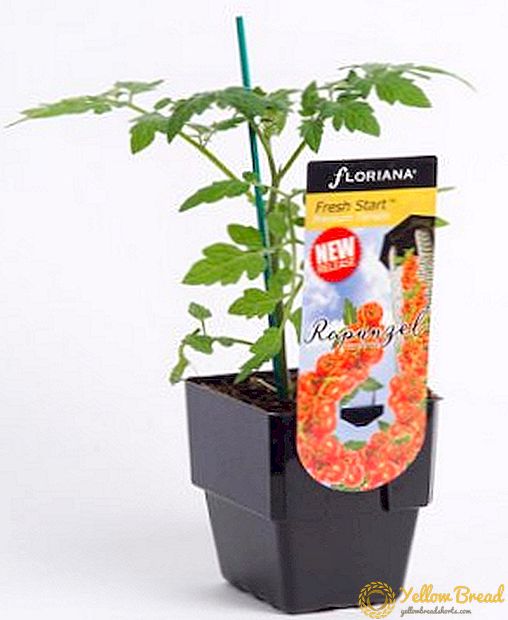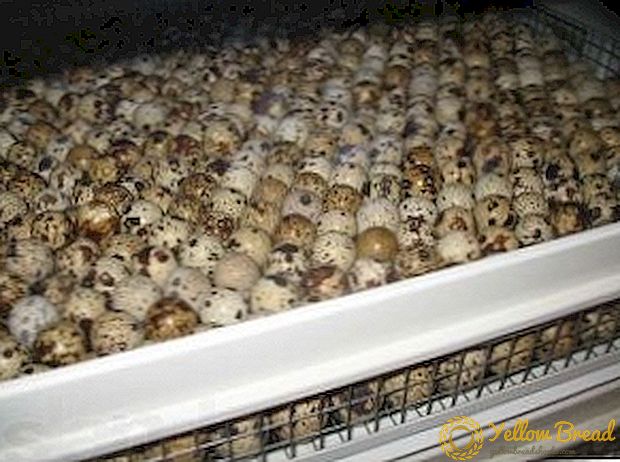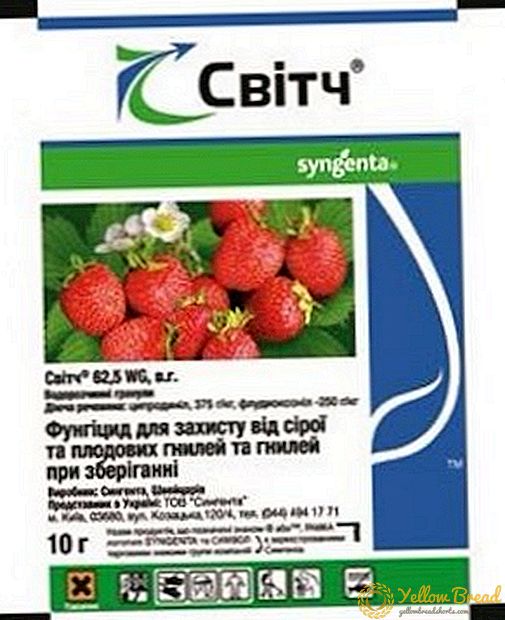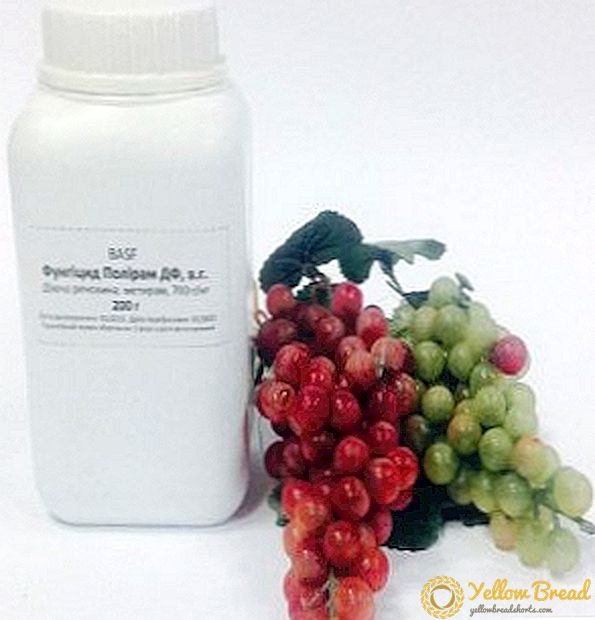 Today, to protect crops use different drugs and substances.
Today, to protect crops use different drugs and substances.
Consider a more detailed means "Poliram" - fungicide, which, according to farmers and professional agronomists, shows good results.
- Description of biological fungicide
- How does the drug on plants (active ingredient of the drug)
- Features of the application "Polirama"
- Apple and Pear
- Grapes
- Tomatoes
- Bow
- Potatoes
- Compatibility with other drugs
- Precautions when working
- Benefits of using
Description of biological fungicide
"Polymer" is a granules, which quickly dissolve in the liquid. Thanks to the components that make up, the drug leads to disorders in the work of the enzyme system of pathogens, killing the synthesis of certain enzymes. All this leads to a lack of resistance in fungal pathogens to Polyram.
How does the drug on plants (active ingredient of the drug)

"Polymer" refers to the chemical class of dithiocarbamate. The active ingredient is metiram, its composition contains 70%. It is an inhibitor of several enzymes of the fungus and as a result of processing leads to the prevention of germination of fungal spores.
Features of the application "Polirama"
On average, 4 treatments are done with a difference of 10 days. So, the first is produced at the beginning of the growing season of the plant before the fungal infection. Prepare a solution of a certain amount of the drug, which is thoroughly mixed in water. It is recommended to work with "Poliram" only on clear and warm days. Consider how to process different plants.
Apple and Pear

"Poliram" is used for the prevention of scab, septoria and rust. The first treatment is carried out during the appearance of the first leaves, the second - after the beginning of budding, the next after the completion of flowering trees and the final - when the fruit reaches a size of 4 cm.Consumption of the drug ranges from 0.14 to 0.24 g / sq. m. The protective effect lasts up to 40 days.
Grapes
In this culture, the tool is used to combat mildew and anthracnose. Repeat the procedure 4 times in different vegetative periods. The first time - at the beginning of the flowering period, the second - when the flowers depart. The third time processing is needed during the formation of berries and the last time - when the fruit reached a size of 0.5 cm. The consumption of the drug is 0.14-0.24 g / sq. m. The protective effect lasts 20 days.
Tomatoes
Tomatoes are processed during the growing season. On average, conduct 3 spraying. In a similar way protect from a fitoftoroz and an alternarioz. Consumption rate of 2.0 - 2.5 l / ha. The term of protection lasts 20 days. 
Bow
Onions are sprayed during the growing season. Processed most often 3 times. Such protection works against peronosporoza. Most often, the consumption rate ranges from 2.0 to 2.5 l / ha. Protection time lasts 20 days.
Potatoes
Root crops are treated for the prevention of late blight and Alternaria. The first treatment during the closure of the tops, the second with the appearance of buds. The following is carried out when flowering is completed, and the last after the appearance of the ovary. The average consumption is 0.15 - 0.25 g / sq. mThe plant after treatment is protected by 20 days.

Compatibility with other drugs
"Poliram" is strictly forbidden to combine with drugs that have a strong acid reaction. Most often, the tool is mixed with "Acrobat MC", "Fastak" and other pesticides, just need to first carry out a compatibility test.
Precautions when working
Fungicide "Poliram" is harmful to people, it has toxicity group 2, therefore the instructions for use carry information regarding precautions when working with it. It states that the use of the drug is allowed only when using personal protective equipment: gloves, gown, mask and respirator. During work it is forbidden to eat or drink water. Upon completion, you need to thoroughly wash your hands and face, take a shower and change into clean clothes.

Benefits of using
Poliram has the following advantages:
- prevention of mycotic lesions in different plants of agriculture.
- There is no harm to plants and insects.
- can be used during flowering.
- causes spore germination to block.
- ease of use: granules are easily dispensed and quickly dissolve in water.
- due to the localization of the enzyme system does not arise susceptibility to the action of the drug.

